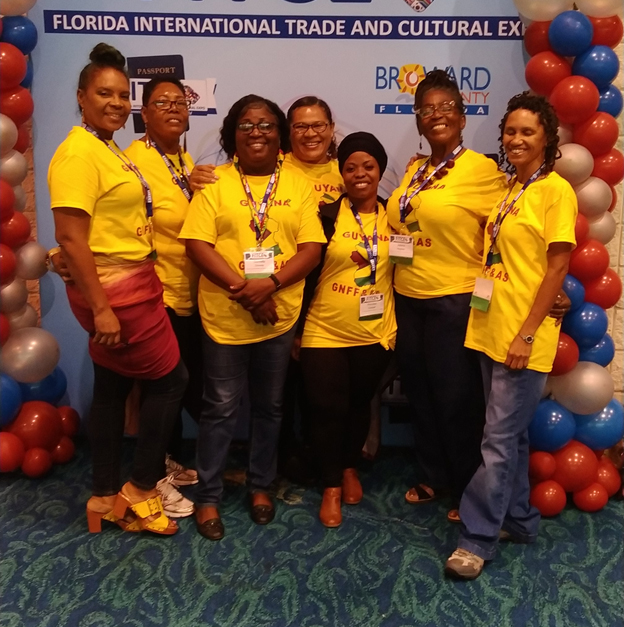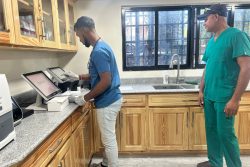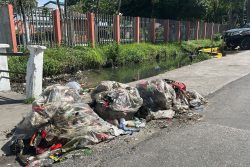Fashion designer Carol Fraser has told the Stabroek Business that while the exposure secured by the Guyanese contingent that participated in the October 9-10 Florida International Trade Conference and Expo (FITCE) in Fort Lauderdale was helpful local participants need to become more familiar with “what to expect of these kinds of events” if they are to benefit from them.
“If these events are intended to help us expand our overseas markets, whether it be in fashion, craft or agro processing, we need to be better briefed on how they are organized, what the rules are and what opportunities exist for us to benefit from participation. Those local agencies that are responsible for helping to promote what we produce abroad must be able to help us properly prepare for the exposure,” Fraser told Stabroek Business.
And according to Fraser, small operators who are required to make significant financial investments in order to participate in events like FITCE need to understand how to prepare for these events so that they can get the best out of them in terms of business. “The reality is that when those kinds of sacrifices are made you want to ensure that they count. You therefore need all of the expert advice and help that you can get in order to ensure that you get something back from your investment,” Fraser says.
Fraser told the Stabroek Business that while there was little doubt that visitors to FITCE 2019 were impressed with many of the Guyana-made products on display in Florida, it was not her opinion that events of that kind were the ideal occasions for making immediate inroads into the external market. “It seems to me that those kinds of events are much more suited to building bridges, establishing partnerships where possible and finding ways of making some kind of small impact in the first place.”
According to Fraser while it is understandable that small local producers who invest heavily in attending events like FITCE are concerned about “some amount of immediate returns,”……… the rules associated with some of these events do not allow for major trading. It is more a matter of putting your product out there and trying to make longer-term deals,” she said.
Fraser told Stabroek Business that while the comments and responses of visitors to the FITCE event suggested that they were impressed with the quality of the condiments and craft produced here, she believed that local producers needed to become more aware of “competition and how this affects pricing policy.” The local Designer said that high quality notwithstanding, fixing prices cannot be isolated from those that obtain in the cases of similar types of products “which may be of comparable quality but are more competitively priced than our local items.”
“FITCE may not have been a huge money-making affair. Frankly, I think it was much more about experience than about money-making. On the other hand, I think it was about other things that we would have taken away from the event. Certainly, I believe that events like FITCE help us to better understand how to prepare ourselves and our businesses for the international market.”
Fraser told Stabroek Business that exposure to events like FITCE must serve as “learning experiences” for Guyanese businesses looking to make an impact beyond the region. “These trips must be learning experiences. We have to use them to make us understand the way the rest of the world works and how we can fit into that pattern. We have to learn how to make deals, how to fix prices that are worthwhile for us yet competitive and how to market our products. Without the ability to market we are heading nowhere.”
Asked whether the state agencies responsible for trade promotion had done what they were supposed to do, Fraser told the Stabroek Business as follows: “However much is done there is always room to do more. However, we cannot leave it all to one agency or one set of agencies. I believe, for example, that small businesses like most of those that went to the FITCE event can establish links with Guyanese in the diaspora who may be willing to work in partnership arrangements to help market the goods that are made locally. There may also be a role for the local private sector organizations that may have some experience in product promotion beyond Guyana to help in promoting more of our local small businesses. The other thing that I should add is that being at FITCE helped us to understand the kind of competition that we are dealing with that is coming from other developing countries in areas like craft and fashion. That should tell us something about the need for us to continue to raise our standards.
2019 marked the fifth year of the FITCE event and Stabroek Business understands that participation by the local contingent was facilitated by the United States-based Guyanese-American Chamber of Commerce.










